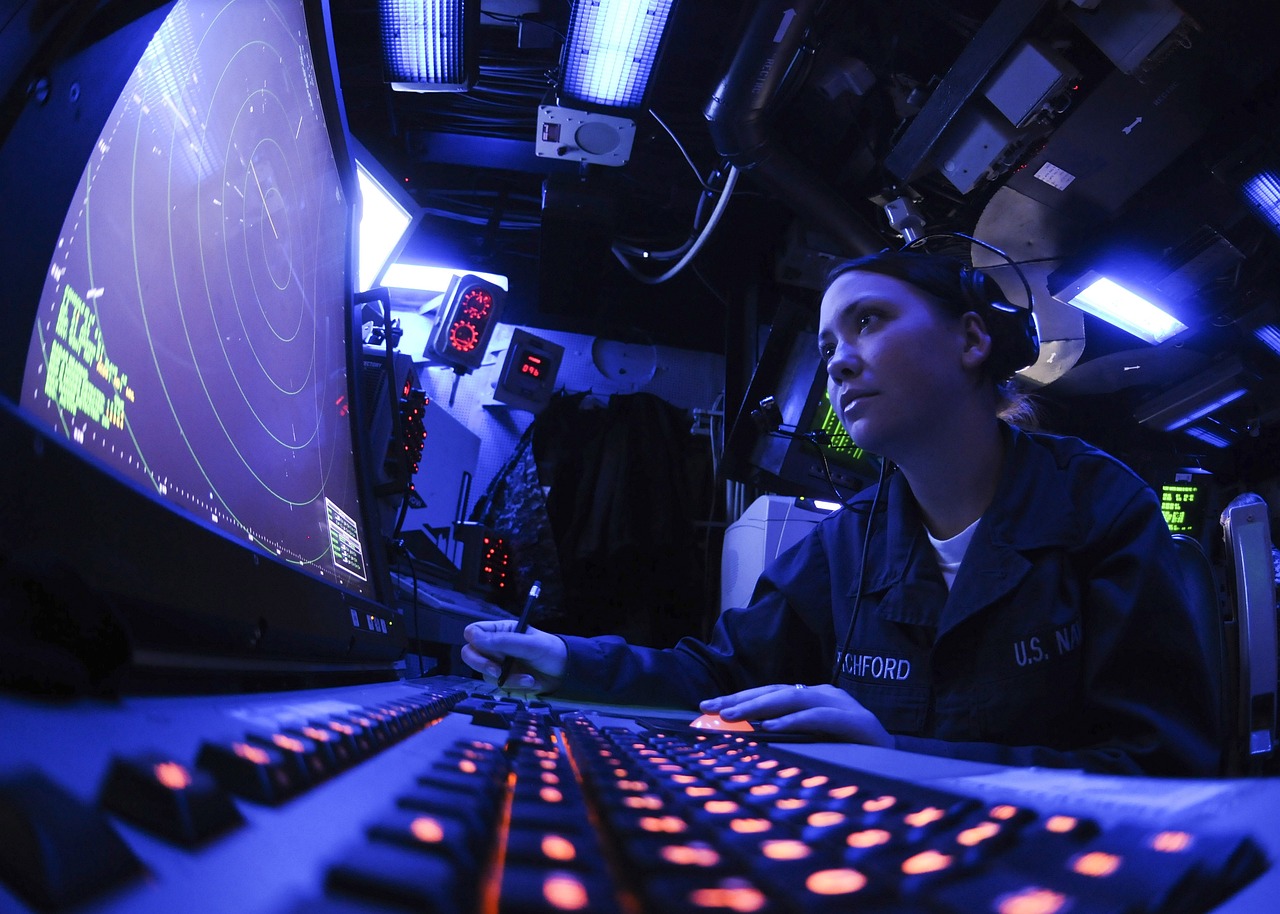
This post is also available in:
 עברית (Hebrew)
עברית (Hebrew)
Due to a faulty component located inside of the F-35 ejection seat, the US Air Force had to temporarily ground the majority of the F-35 Joint Strike Fighter fleet. Such a defect could prevent the pilot from being able to eject themselves from the aircraft during a potential emergency.
According to reports made by Breakingdefense.com, an investigation was launched to inspect the reason behind the malfunction of the Air Combat Command’s (ACC) F-35’s aircrafts. Based on data gathered from those inspections, the ACC will make a determination to resume operations. The Air Education and Training Command announced it had also paused F-35 operations to allow logistics teams to further analyze the issue and expedite the inspection process.
But what is the issue at hand? Apparently, the malfunction occurred due to defective cartridge actuated devices. These explosive cartridges are used inside of an ejection seat to help propel the seat out of the aircraft and out of danger. The US Air Force has stated that certain production batches of the cartridges have been identified as faulty and in need of repair or replacement. Except for this small issue, the entire aircraft is still operable, but good luck convincing a pilot to fly it knowing they would not be able to eject.
The F-35 Joint Program Office has issued a “90-day Time Compliance Technical Directive (TCTD) inspection procedure” that F-35s will go through to be checked for defective CAD. International F-35 customers have also been made aware of the CAD issue. Once maintainers confirm the ejection seats are fully functional and in proper working order, those specific aircraft will return to service.
“Our primary concern is the safety of our airmen and it is imperative that they have confidence in our equipment,” said Maj. Gen. Craig Wills, 19th Air Force Commander.






















